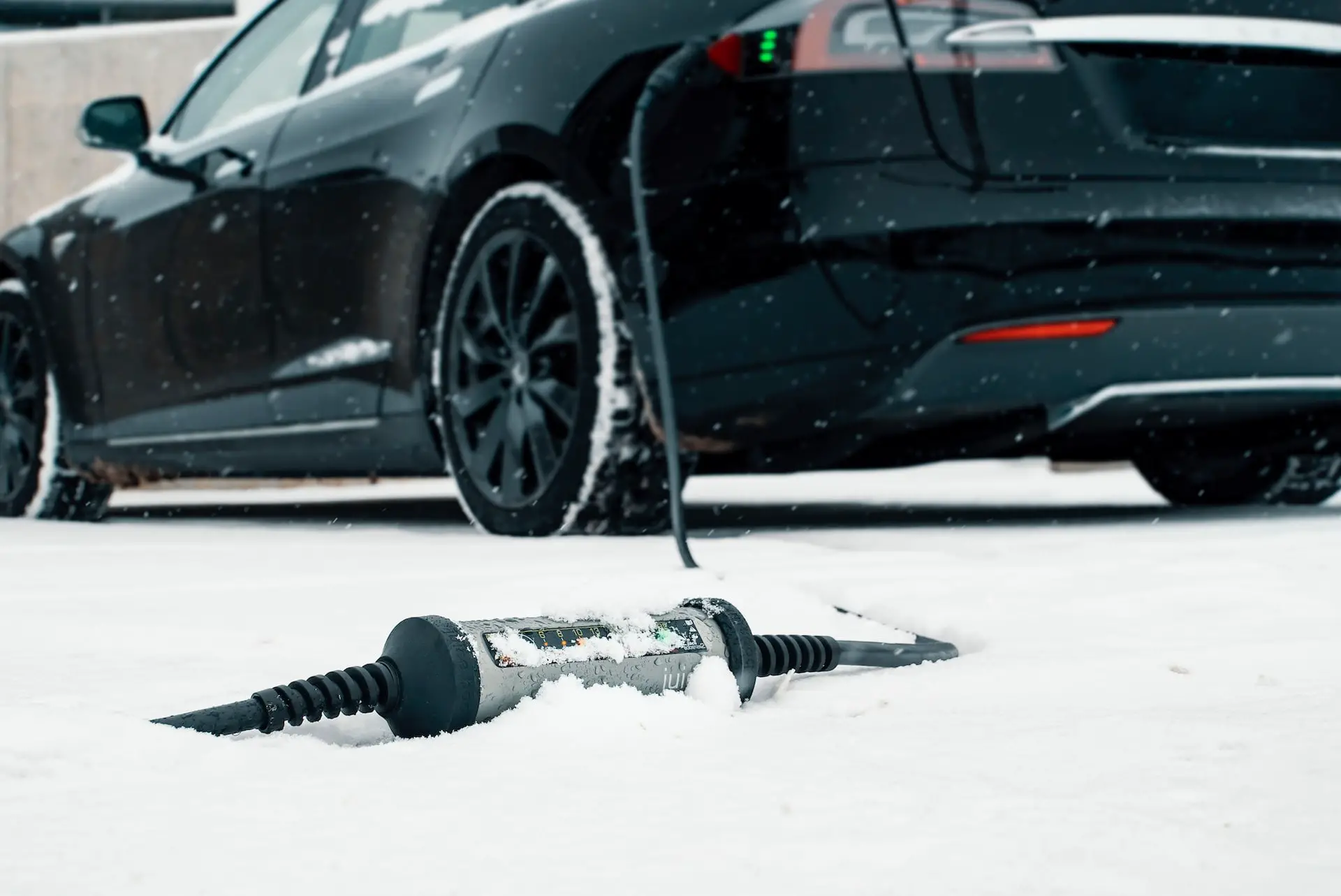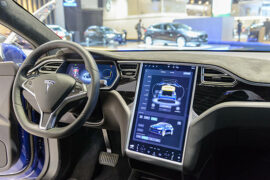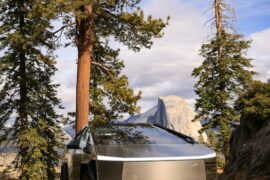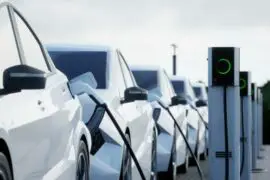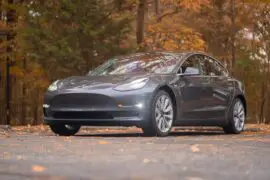With the rise of electric vehicles (EVs) and Tesla’s prominent position in the market, more drivers are experiencing the benefits and challenges of owning an electric car. Cold weather can introduce a range of issues that affect the charging performance of Tesla vehicles. From reduced range and slower charging speeds to frozen charging ports, these challenges require Tesla owners to navigate winter charging strategically.
In this article, we delve into the specific “Tesla charging issues in cold weather” and explore effective strategies to overcome these challenges. Understanding how cold temperatures affect electric vehicle batteries is crucial for optimizing charging experiences and maximizing the efficiency of Tesla cars, even in adverse weather conditions.
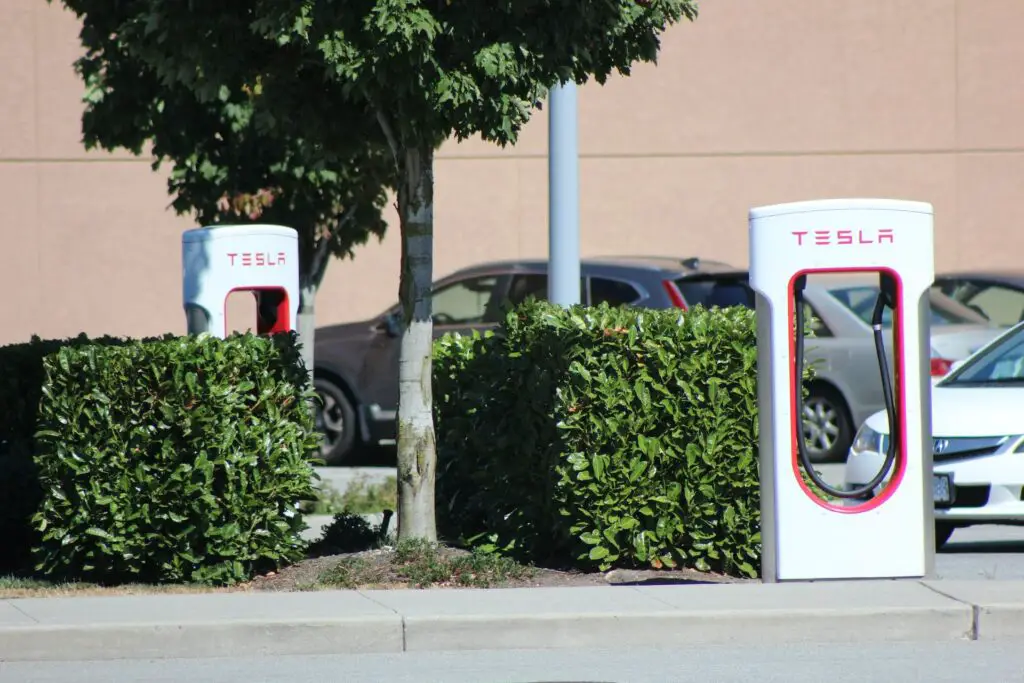
Contents
Understanding Cold Weather Impact on Tesla Charging
Cold temperatures have a profound impact on the performance and efficiency of electric vehicle (EV) batteries, including those used in Tesla vehicles.
Battery Efficiency Reduction: Cold temperatures lead to a decrease in battery efficiency. This happens because chemical reactions within the battery slow down in colder environments, resulting in reduced energy output. As a result, Tesla vehicles experience challenges related to charging and overall performance during cold weather conditions.
Reduced Range: One of the primary consequences of cold weather on Tesla vehicles is a decrease in range. The reduced battery efficiency means that the car can travel shorter distances on a full charge compared to warmer conditions. This reduced range can impact travel plans and necessitate more frequent charging stops, especially during winter driving.
Slower Charging Speeds: Cold weather also leads to slower charging speeds for Tesla vehicles. The internal resistance of the battery increases in low temperatures, making it harder for energy to flow into the battery at the same rate as in warmer conditions. As a result, charging times may be longer, requiring Tesla owners to wait longer for their vehicles to recharge fully.
Impact on Battery Health: Prolonged exposure to cold weather without proper precautions can also impact the long-term health of Tesla batteries. Extreme cold can cause batteries to degrade faster, reducing their overall lifespan and performance over time. Tesla owners need to take measures to mitigate these effects and maintain optimal battery health.
Common Challenges Faced by Tesla Owners in Cold Weather
Tesla owners encounter several challenges related to charging and battery performance during cold weather conditions.
Reduced Range and its Impact on Travel Planning:
Cold weather significantly reduces the range of Tesla vehicles. This reduction in range means that drivers need to plan their trips more carefully, considering shorter distances they can cover on a single charge. It also necessitates more frequent charging stops, disrupting travel plans and requiring additional time for recharging.
Slower Charging Times Leading to Longer Wait Periods:
Cold temperatures lead to slower charging speeds for Tesla vehicles. As a result, charging times are extended, requiring Tesla owners to wait longer at charging stations to replenish their batteries fully. This can be particularly inconvenient during winter when quick access to a charged vehicle is essential.
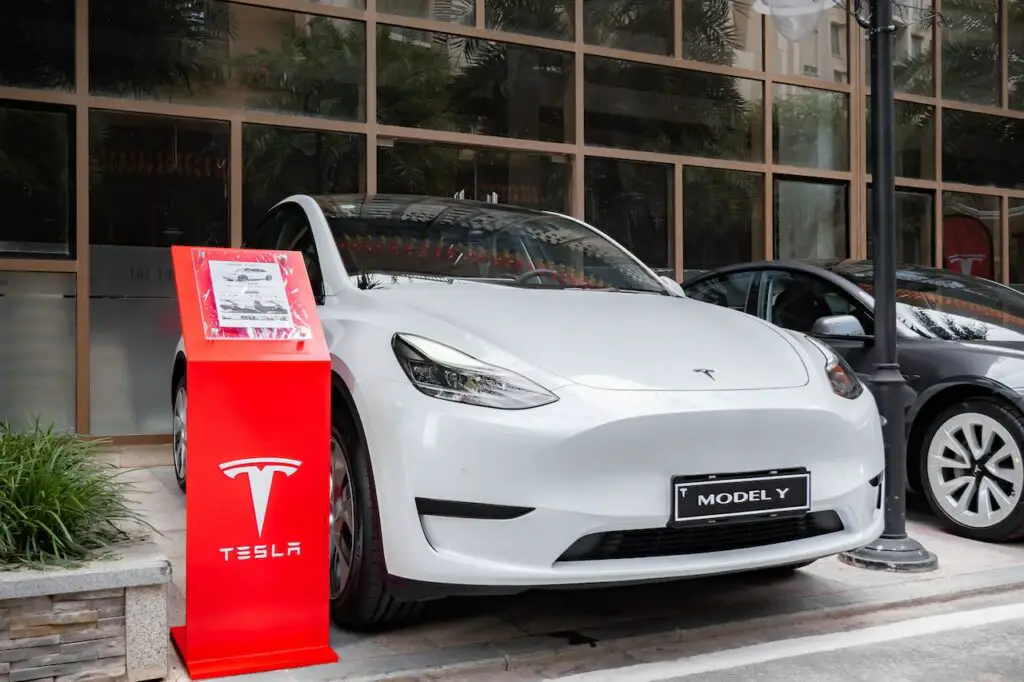
Frozen Charging Ports Causing Difficulties in Plugging in the Charger:
In extreme cold, charging ports and connectors can freeze, making it challenging to plug in the charger. Snow and ice accumulation around the charging area further exacerbate this issue, requiring Tesla owners to clear the charging area before charging their vehicles. This can be time-consuming and frustrating, especially in harsh winter conditions.
Potential Impact on Long-term Battery Health:
Cold weather can have a detrimental effect on the long-term health of Tesla batteries. Exposure to very low temperatures without proper precautions can lead to accelerated battery degradation, reducing overall battery lifespan and performance over time. Tesla owners need to take measures to protect their batteries from extreme cold to maintain optimal battery health.
Tips for Efficient Winter Charging with Tesla
Navigating cold weather challenges with Tesla charging requires strategic planning and proactive measures.
Optimize Charging Times by Scheduling During Off-Peak Hours:
Take advantage of off-peak charging hours, typically during late evening or early morning, to optimize charging times. This not only ensures faster charging speeds but may also result in lower electricity costs if your utility provider offers off-peak rates.
Adjust Driving Habits to Account for Changes in Regenerative Braking Efficiency:
In cold weather, regenerative braking, which helps recharge the battery while driving, may be less effective due to lower battery efficiency. Adjust your driving habits by anticipating longer braking distances and avoiding sudden stops, which can help preserve energy and improve overall efficiency.
Stay Updated with Tesla’s Software Updates for Improvements in Cold Weather Performance:
Tesla regularly releases software updates that include enhancements to address cold weather challenges. Stay informed about these updates and ensure your vehicle’s software is up to date. These updates may include improvements in battery management, charging algorithms, and overall cold weather performance.
Utilize Preconditioning Feature:
Tesla vehicles offer a pre-conditioning feature that warms up the battery before charging. Use this feature to improve charging speeds and overall battery performance in cold weather conditions. Preconditioning can also be beneficial before driving, as it helps optimize battery efficiency during your trip.
Keep the Charging Area Clear and Sheltered:
Ensure the charging area is clear of snow and ice to prevent frozen connectors and difficulties in plugging in the charger. Whenever possible, park your Tesla in a sheltered area such as a garage to maintain battery temperature and improve charging efficiency.
Monitor Battery Health and Performance:
Utilize Tesla’s tools and notifications to monitor battery health and performance regularly. Pay attention to any recommendations or alerts related to cold weather conditions and adjust your charging and driving habits accordingly to preserve battery life.
Tesla Charging Issues in Cold Weather
As electric vehicles gain popularity, Tesla owners face unique challenges, particularly in cold weather. Cold temperatures can hinder charging efficiency, causing reduced range, slower charging speeds, and frozen ports.
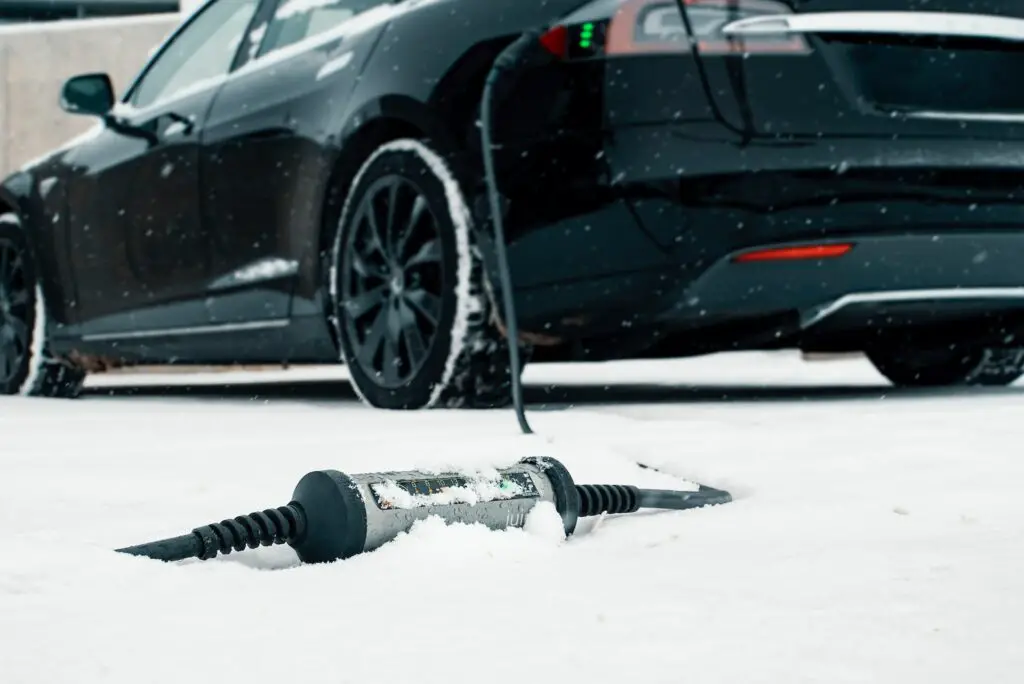
To address these “Tesla charging issues in cold weather,” strategic approaches are essential. Optimizing charging times, adjusting driving habits, and staying updated with software updates are key strategies for a smoother charging experience. Understanding the impact of cold weather on EV batteries is crucial for Tesla owners to maximize efficiency even in challenging climates.
Tesla Work from Home Policy 2024

